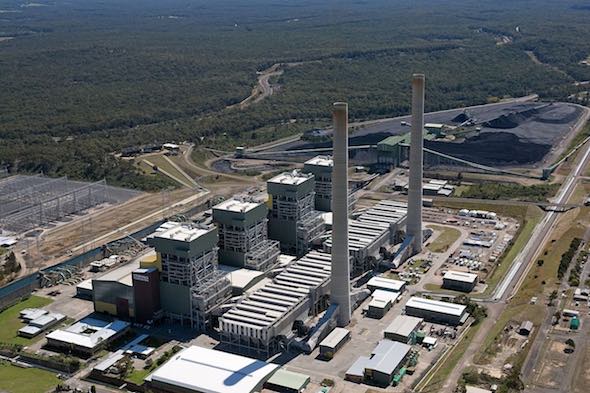Australia’s biggest coal generator, the 2.88GW Eraring plant in New South Wales, is being forced to radically modify the way it operates due to the growing impact of rooftop solar.
NSW has become the leading state in rooftop solar additions in 2020, even as the national rooftop solar market jumps by around 30 per cent despite the restrictions and impacts from Covid-19.
In its latest results presentation, Eraring owner Origin Energy highlights how rooftop solar is affecting big assets such as Eraring, which it intends to keep running until 2032, but may close earlier depending on market conditions and policy settings.
This graph above shows how Eraring is being forced by market conditions to ramp up and ramp down its output. In 2019 (orange) it was relatively stable, apart from the usual fall in demand in the early hours as most people slept. In 2020, however, the yellow bars now show an even steeper ramping task because of the impact of rooftop solar eating into demand.
“What we are doing is responding to the changing profile throughout the day, when volumes or prices are low,” CEO Frank Calabria told an investor briefing on the company’s annual results, released on Thursday.
“We are now operating Eraring in a far more flexible fashion. We are running them at much lower volumes in the early morning and in the middle of day when solar comes in.”
Origin says Eraring is a flexible plant, unlike the brown coal generators in Victoria and other older black coal generators in NSW and Queensland. It says it can respond to demand swings by flexing from 800MW to 2,880MW in 1.5 hours.
That’s due to the inherent flexibility of plant, and in the nature of the way it buys coal (no take-or pay contracts) and manages its inventories, Calabria said. But he did warn that while it can handle the changes now, there may come a time when the number of units may need to be reduced.
Indeed, the Australian Energy Market Operator recently noted that Eraring was operating at its minimum production levels more often – up to 12 per cent of the time at three of its four units – due to falling demand. And Eraring, also due to unplanned outages, experienced the biggest fall in output in the last quarter – an average decline of more than 800MW.
See: Covid and rooftop solar take another big bite out of Origin’s electricity business
Origin reported last month that rooftop solar is eating into its overall demand, and on Thursday it revealed how that is impacting on earnings. Origin said gross profits from its electricity business was down 15 per cent, or $203 million, to 1.2 billion.
The fall in margins and new regulation on prices were responsible for the bulk of those falls, but milder weather and lower usage from rooftop solar and efficiency accounted for about $33 million of lost earnings.












